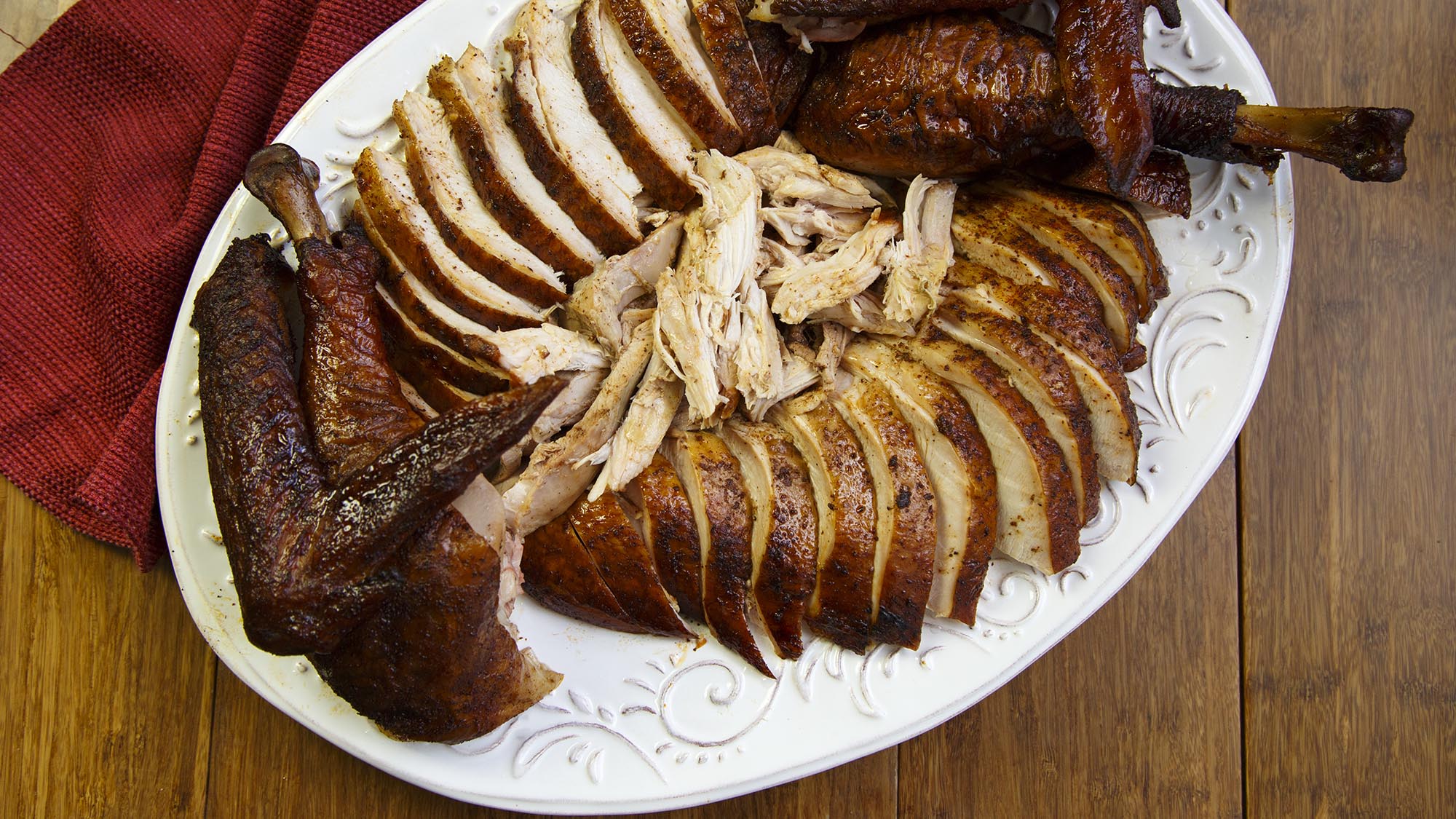Most people appreciate beans for their brusque, no-nonsense nutrition; they are healthful, packed with iron and fiber, and, most importantly, they are always there. No matter your mood, no matter your level of hanger, no matter your astrological symbol, beans are always waiting, patiently, in your cabinet, ready to be braised (and dinner).
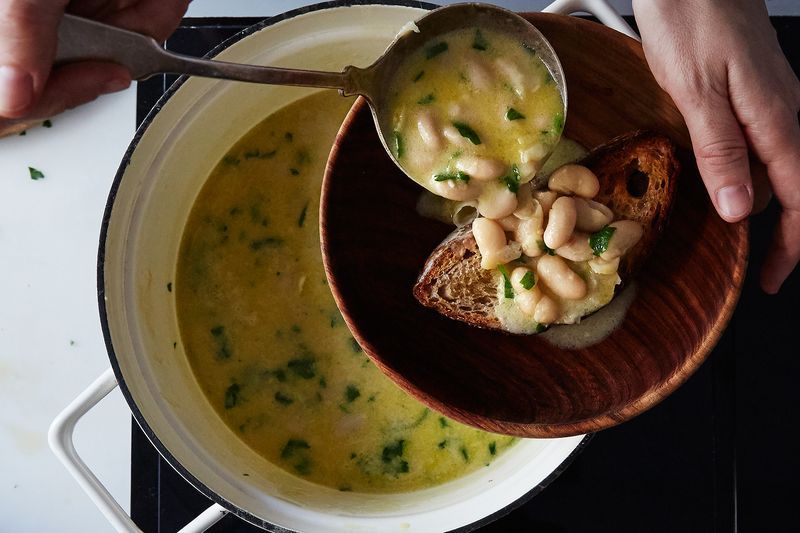
Just one way to make braised beans into a meal. Photo by Bobbi Lin
Convenience and health aside, beans can also be a meal that you look forward to eating. When you braise your beans it turns them from kidney-shaped protein packets into something silky, luxurious, and covetable. Yes, you should use dry beans, if possible (here are 10 reasons why, if you needed more of a nudge)—but we don't always live in the ideal world. Don't fret—canned beans take to braising like a fish to water. (If you are using dried beans, should you soak them overnight? It's unclear—but we tentatively say not worth it). Canned or dried, braising will increase your beans' appeal tenfold.
What type of bean? Any will work (except maybe green—though try it and let us know how it goes). Cannellini beans work well if you're aiming for an Italian-esque dish, though Gigante beans are delicious, too, and their large size equates to creamier interiors. Pinto, Great Northern, Borlotti, kidney, and black beans are all excellent options, as well.
Tip: Before cooking, make sure to check how old your dried beans are and prepare them accordingly.
First, Braise Your Beans
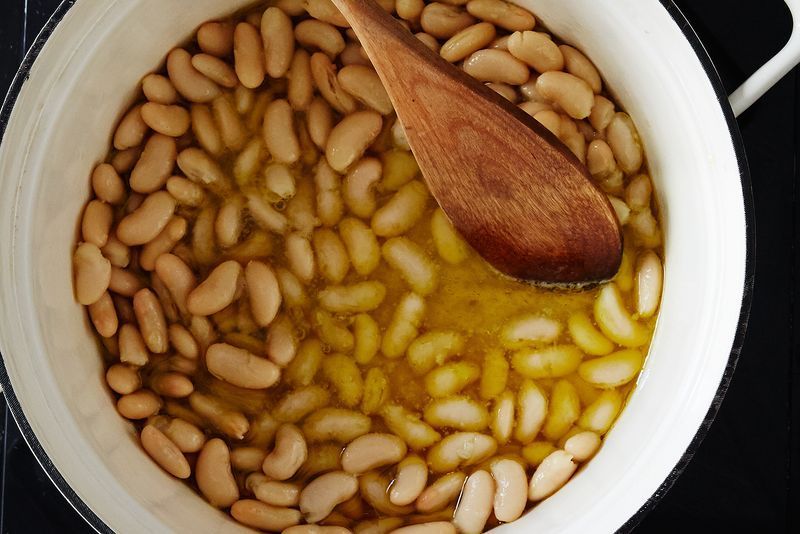
The beginnings of a bean braise. Photo by Bobbi Lin
If you're using beans from a can, strain them, rinse them, and tip them into a large pot. Said pot might contain some softened alliums, or possible some sautéed carrots and celery; it must contain a generous glug (or two) of olive oil. I like to throw in some thyme or rosemary stems and even a Parmesan rind, if I have one kicking around in my freezer (yet another reason to save your rinds!). Cover the whole mess with broth (vegetable, parmesan, or chicken work best), and bring it to a simmer. Turn down the heat and cook until the beans are very tender (or as long as you can possibly stand it). This typically takes around 30 minutes, but you can leave them going for longer if you have the time—they'll only improve. Periodically smash some of the beans against the side of the pot with the back of a spoon to thicken the whole situation into something on the spectrum between a thick stew and a smooth purée.
If you're using dried beans, everything can happen in one pot. Once your legumes are cooked (which can take anywhere from thirty minutes to two hours depending on your cooking method, the age of the beans, and their size), along with the onion and carrot and bay leaf and herb stems and whatever else you threw in to flavor them, just keep simmering; as the liquid reduces, smash some of the beans with the back of your spoon. Keep stirring, smashing, and reducing until the whole thing is silky, creamy, and as thick as you'd like.
Once your beans are braised and bubbling and flavorful, here are 6 ways to turn them into a meal. (Though if you want to just shower the whole thing in cheese and eat it straight from the pot, no judgment.)
Put them On Toast
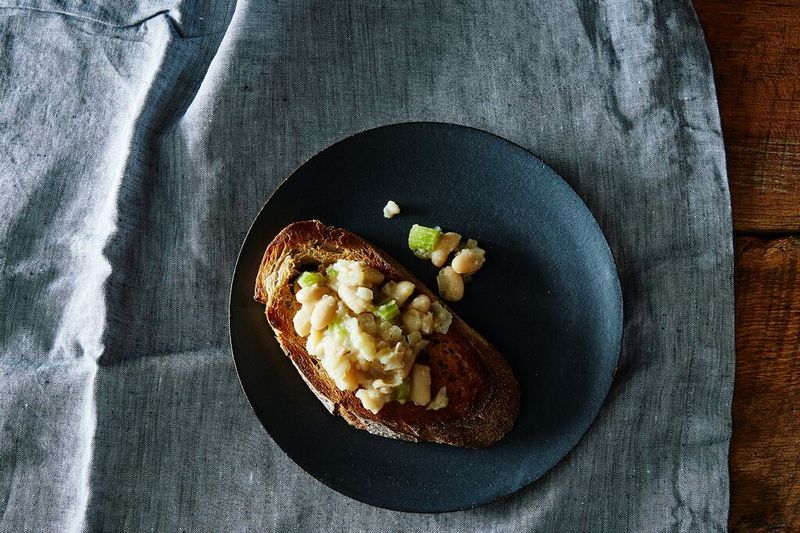
An oldie but a goodie. Grill, toast, or even fry thick slices bread, drizzle them with olive oil, and rub with a garlic clove. Cloak the whole thing in a thick blanket of braised beans. Grate on some cheese, sprinkle with spices, or gild the lily with more olive oil and a pinch of fancy-pants salt.
Turn Them Into Soup
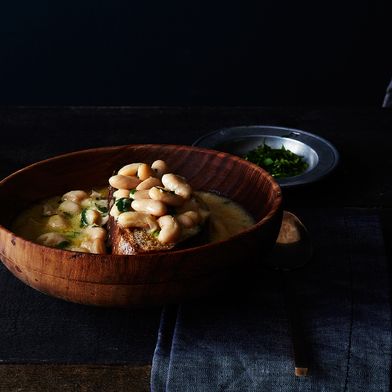
Add some more broth to your bean pot, perhaps a can of tomatoes and/or some chunks of sausage or greens, and call it a soup! Throw in a few shakes Southwestern spices, a diced pepper or two, and chunks of sweet potato and you've got a vegan chili. Or go the Marcella way (absolutely never a wrong turn) and keep things pleasantly simple to let the beans' flavor sing.
ladle over grains (or pasta)
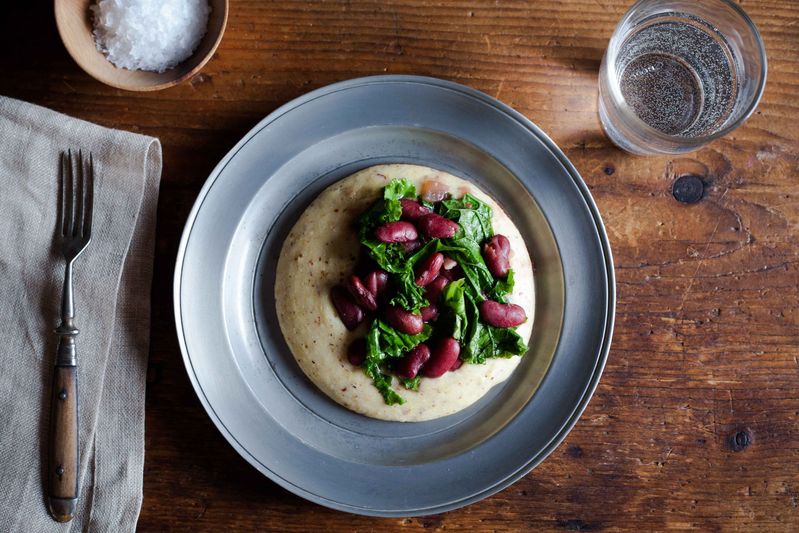
Quinoa or couscous would be an ideal grain base to catch all of the bean liquid, but farro, polenta, bulgar, or rice would work beautifully, too! Or cook some pasta to al dente, add it to the pot of beans along with a hefty splash of pasta cooking water, and simmer until everything is thick and lovely. (If you want a guide, follow this recipe for pasta e fagioli). In all cases, it's a good idea to top the whole situation with a fried or poached egg.
Use them as filling
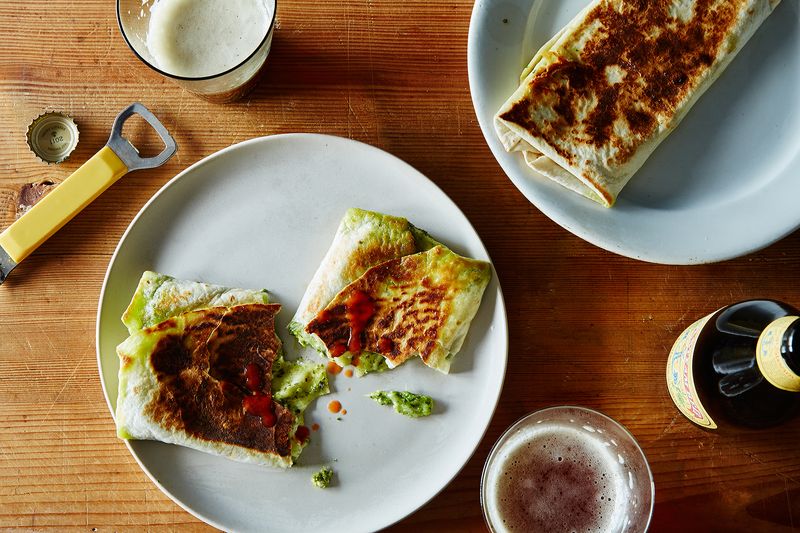
You could always do as Sarah Jampel does and turn your braised, smushed beans into a filling for quesadillas, burritos, wraps, or sandwiches. Or use them to make enfrijoladas or enchiladas. Ladle them into store-bought arepas (or homemade ones, if you're a domestic god/goddess). Use them as a layer in lasagna or a tortilla casserole. Every dish deserves to be filled with braised beans!
make them your base
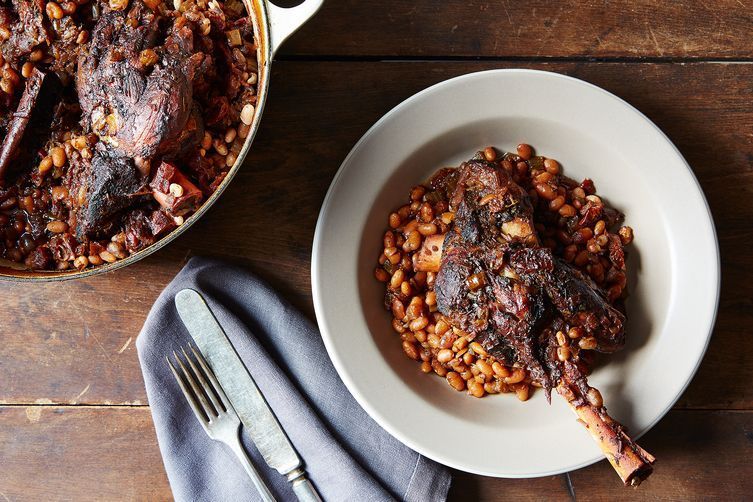
Braised beans: the most inviting bed of all. Photo by
Mark Weinberg
Braised beans are a silky, protein-heavy base for whatever leftovers you have lying around. On a busy night they can serve as a creamy buffer for the remains of a rotisserie chicken or some charred broccoli and lemon, and on a fancier occasion they can be a bed for meats (like this lamb shank). They're also an excellent gluten-free, complex carb-heavy base for juicy braises or stews.
Use them as a dip
You could always just say "screw it" and reduce your braised beans until they're thick and creamy, and then use tortilla chips, pita crisps, slices of carrot or bell pepper, or a torn baguette to scoop them up like a chunky dip. Done and done.
This article was written by Catherine Lamb from Food52 and was legally licensed through the NewsCred publisher network. Please direct all licensing questions to legal@newscred.com.





